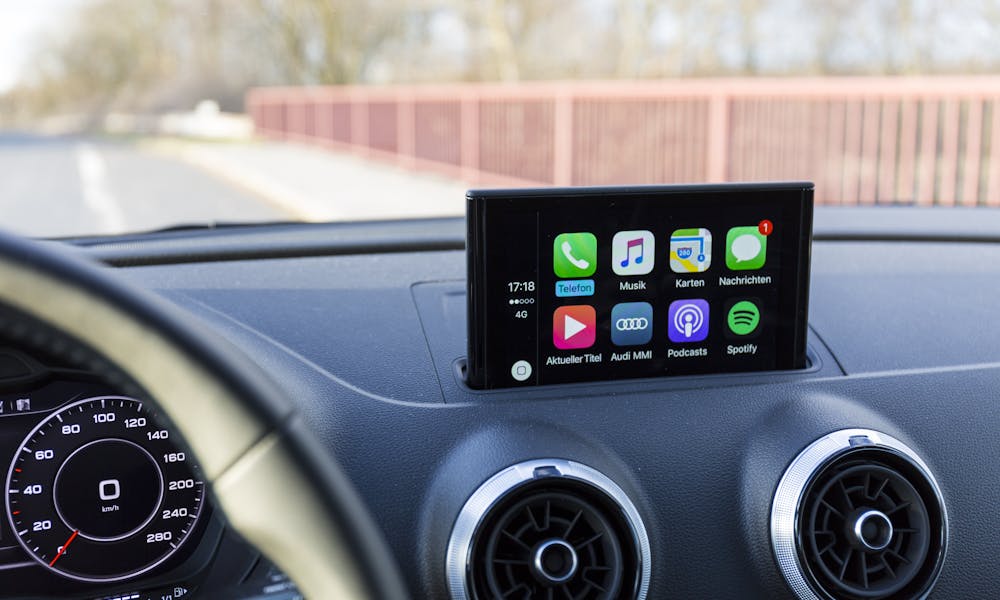LiDAR Advances: Precision and Accuracy for Autonomous Vehicles.
LiDAR, an acronym for Light Detection and Ranging, has been a game-changer in many industries, including autonomous vehicles. This technology uses pulsed lasers to create a three-dimensional model of the environment, enabling autonomous vehicles to “see” their surroundings with remarkable precision and accuracy.
Recent Advancements in LiDAR Technology:
Miniaturization and Integration into Consumer Devices:
One of the most notable advancements in LiDAR technology is its integration into consumer electronics and subsequent miniaturization. This development has made LiDAR more accessible and versatile, opening up new possibilities for its application.
Solid-State LiDAR:
The notable progress in solid-state LiDAR technology has positioned it as a frontrunner in the quest for more robust and efficient sensor solutions for autonomous vehicles. One of the key advantages lies in its solid-state nature, eliminating the need for mechanical components like spinning lasers or mirrors, which are often susceptible to wear and tear. This inherent durability translates into a longer lifespan, reducing maintenance costs and enhancing the overall cost-effectiveness of autonomous vehicle deployments.
Moreover, the reliability of solid-state LiDAR is paramount in ensuring the safety of self-driving cars. The technology’s ability to withstand various environmental conditions, such as extreme temperatures and challenging weather, contributes significantly to its dependability. This robustness ensures that autonomous vehicles equipped with solid-state LiDAR can operate seamlessly in diverse scenarios, from urban environments to off-road terrains, without compromising performance.

Advancements in Resolution and Range:
Significant enhancements in the resolution and range of LiDAR systems contribute to more precise mapping for the safe operation of autonomous vehicles. Explore the crucial impact of these advancements on environmental accuracy.
Integration of AI and Machine Learning:
The integration of AI and machine learning with LiDAR technology has opened up new possibilities for data analysis and interpretation. This combination allows for more sophisticated understanding of the environment, enhancing the performance of autonomous vehicles.
Mass Production:
The widespread availability of affordably produced LiDAR systems is poised to fuel the rapid adoption of autonomous vehicles. Explore how mass production is driving accessibility and revolutionizing the autonomous driving landscape.
LiDAR in Autonomous Vehicles:
LiDAR plays a crucial role in autonomous vehicles by providing high-resolution information about road and traffic conditions. For instance, LiDAR systems can rapidly develop an image of the world around them to avoid hitting pedestrians, animals, obstacles, and other vehicles.
Conclusion:
The advancements in LiDAR technology are paving the way for a future where autonomous vehicles become a common sight on our roads. As this technology continues to evolve, we can expect to see further improvements in the precision and accuracy of autonomous vehicles.








